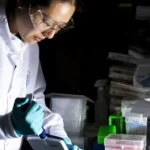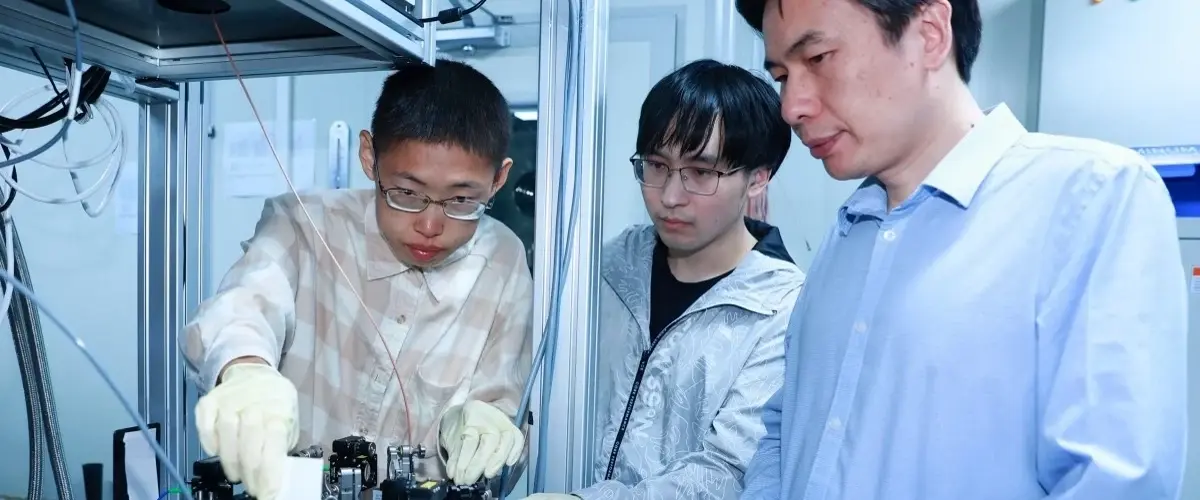A team of Chinese scientists has built the world’s largest quantum simulator based on the principle of an ion trap and demonstrated the stable retention and cooling of a two-dimensional crystal consisting of 512 ions. This breakthrough was achieved by the team led by renowned quantum physicist Duan Luming, who returned to his homeland in 2018 after 15 years of studying and working in the United States.
Professor Duan Luming of Tsinghua University, along with teams from many research centers and high-tech companies around the world, is developing a quantum computer using trapped ions. This approach involves encoding quantum information in the stable electronic states of ions, which can be manipulated using lasers.
The main challenge for quantum computers remains their scalability, and the trapped ion technology is considered one of the most promising for creating universal quantum computing machines. Previously, scientists had demonstrated quantum models with up to 61 qubits in a one-dimensional crystal. Ionic crystals are solid bodies composed of three-dimensional lattices of ions bound by electrostatic tension.
Professor Duan’s team is the first in the world to build a two-dimensional crystal of 512 ions in a quantum simulator and achieve stable trapping and cooling using a cryogenic monolithic ion trap. This is the largest quantum simulator or computation performed to date in a system of trapped ions. Additionally, the team successfully conducted quantum state measurements with single-qubit resolution in an unprecedented volume of 300 ions.
The breakthrough by Chinese scientists is significant for the future of quantum computing, writes China Daily, paving the way for the creation of even more powerful computing machines. Furthermore, the development can be applied in materials science, pharmaceuticals, artificial intelligence, and other fields.
Using the quantum simulator, a team of scientists from the Chinese Academy of Sciences has visualized for the first time a phenomenon revealing the mechanisms underlying high-temperature superconductors. The results of the study, published in February, resolve a debate that has lasted for 20 years and may lead to a breakthrough in the field of superconductivity physics.











